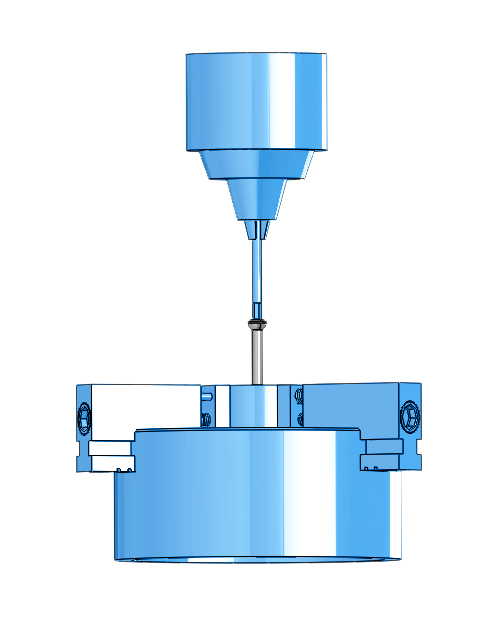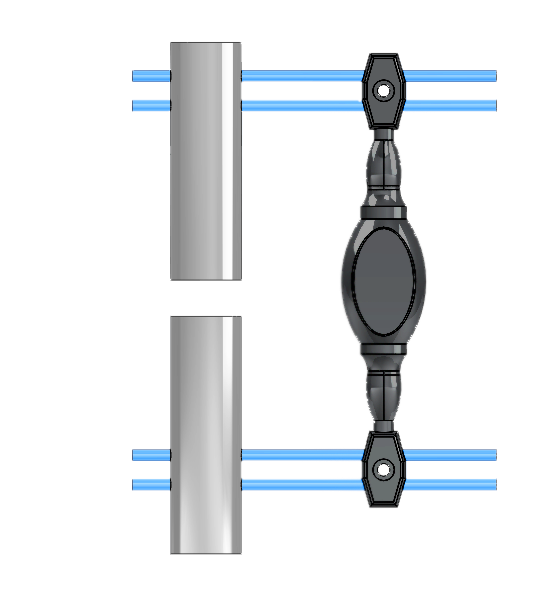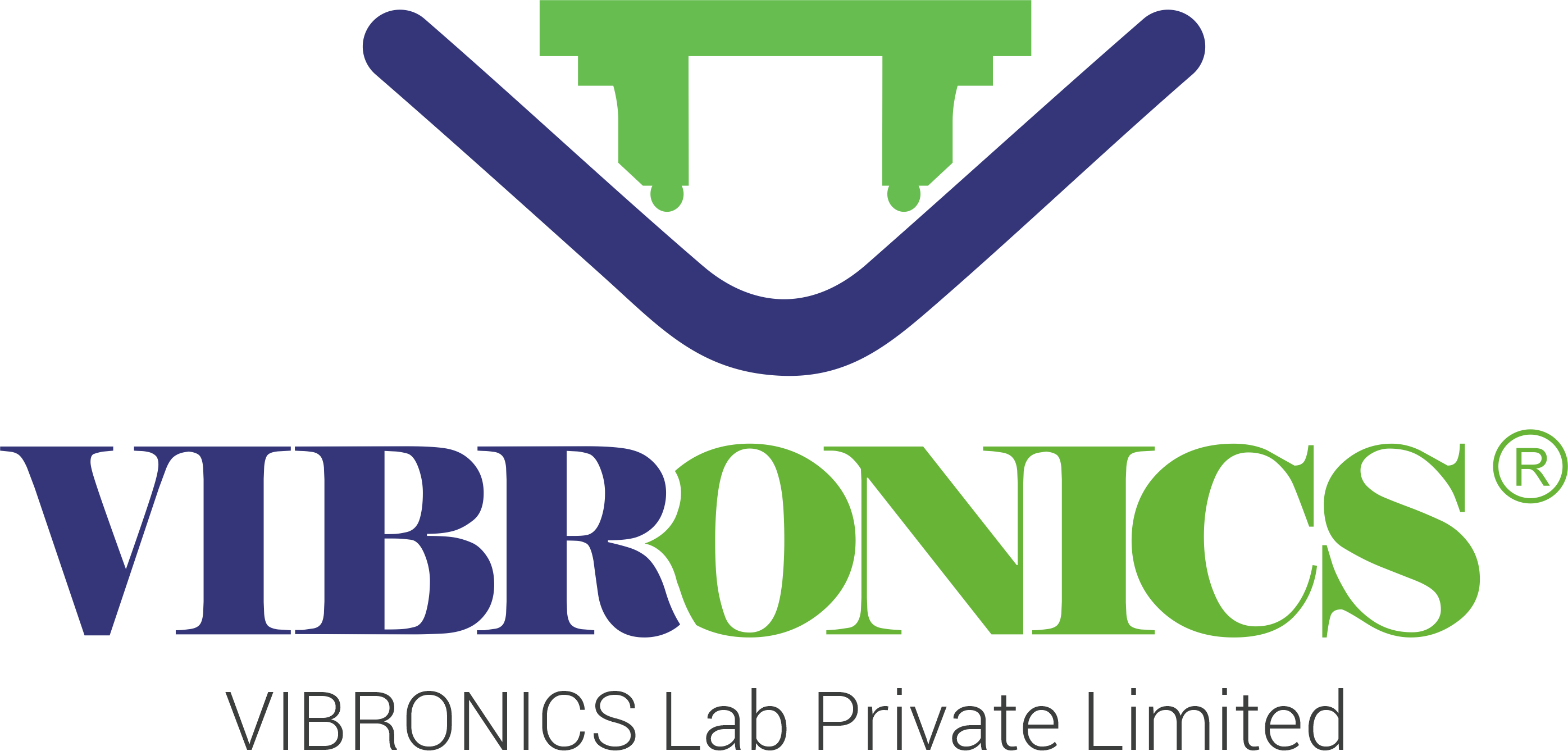This specification provides requirements for materials, finish and marking, care and handling, and the acceptable dimensions and tolerances for metallic bone screws that are implanted into bone. The dimensions and tolerances in this specification are applicable only to metallic bone screws described in this specification.

This test method describes methods for single cycle bend testing in order to determine the intrinsic, structural properties of metallic bone plates. The test method measures the bending stiffness, bending structural stiffness, fatigue life and bending strength of bone plates.

This test method covers the test procedure for performing cyclic bending fatigue testing of intramedullary fixation devices (IMFDs). The central part of the IMFD, witha straight and uniform cross section and away from screw holes or other interlocking features, is tested in cyclic four-point bending. This method may be used to determine the fatigue life at a specified maximum bending moment or to estimate the fatigue strength for a specified number of cycles.

This test method covers procedures for the performance of constant amplitude fatigue testing of metallic staples used in internal fixation of the musculoskeletal system. This test method may be used when testing in air at ambient temperature or in an aqueous or physiological solution.

This test method provides a screening test for determining the amount of metal loss from plates and screws used for osteosynthesis (internal fixation of broken bones) due to fretting corrosion in the contact area between the screw head and the plate hole countersink area. The implants are used in the form they would be used clinically. The machine described generates a relative motion between plates and screws which simulates one type of motion pattern that can occur when these devices are used clinically.

This test method describes methods for bending fatigue testing in order to determine intrinsic structural properties of metallic angled devices. The test method may be used to determine the fatigue life at a specific or over a range of maximum bending moment levels or to estimate the fatigue strength for a specified number of fatigue cycles of an angled device.

This specification provides a characterization of the design and mechanical function of external skeletal fixation devices (ESFDs), test methods for characterization of ESFD mechanical properties, and identifies needs for further development of test methods and performance criteria. The ultimate goal is to develop a specification, which defines performance criteria and methods for measurement of performance-related mechanical characteristics of ESFDs and their fixation to bone. It is not the intention of this specification to define levels of performance or case-specific clinical performance of the devices, as insufficient knowledge is available to predict the consequences of the use of any of these devices in individual patients for specific activities of daily living. Furthermore, it is not the intention of this specification to describe or specify specific designs for ESFDs.

